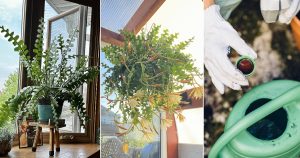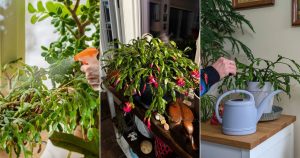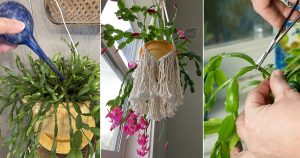Learn how to get your Haworthia to produce more offsets so that you can have a big collection for yourself and even gift your loved ones!

It is lovely to have a Haworthia around the corner in the house! This beautiful houseplant is popular for its slow-growing and compact nature that fits in small spaces with so little demands! But it seems like this slow grower sometimes needs a boost to encourage new offsets! Let’s learn how to multiply it faster.
How to Get Your Haworthia to Produce More Offsets?
1. Indirect Sunlight is Key
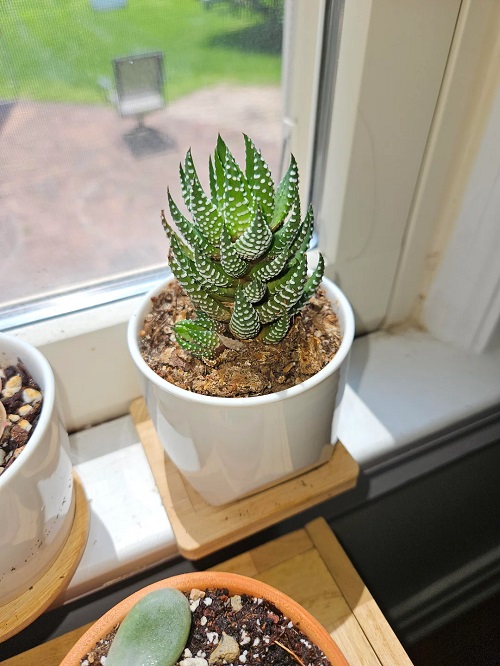
Haworthias love brightness but hate the direct sun rays! Always keep this in mind and try to place it in a location where there is at least dappled sunlight or indirect light coming in during the day. You can also give it some morning sunshine hours which aren’t too harsh to cause any harm.
Light is what keeps it going to promote continuous growth and that’s how it will give new offsets too! Insufficient light, on the other hand, leads to stunted growth where your tiny Haworthia remains the exact same for many many months.
Tip: Try placing it near an east or west-facing window where it can get a few hours of sunlight daily and bright indirect light throughout the remaining hours of the day.
2. Mind The Drainage!

It seems Haworthias, like most other succulents, do not like their roots to stay wet for long periods. So, their growing medium should be, of course, very well-draining! Make good use of a cactus potting medium and throw in some perlite, pebbles, or pumice stones to make it porous.
This will keep the rotting issues at bay, encourage ample water absorption, and promote healthy roots, which in turn will help your Haworthia to give out new pups (offshoots).
3. The Watering Schedule
The most crucial moment—watering time! Water only when the soil is completely dry because these plants can really make a fuss about having wet feet for prolonged periods. Just one mistake can lead to root rot, mushy leaves, and empty pots at the end!
Always, check the soil before watering. If the soil seems to be completely dry to the bottom of the pot, only and only then pour in the water. In summer, you may need to water once a week, but that also depends on the humidity of your region. So check the soil at least twice a week to see if it needs water.
Caution: This whole logic works differently in the winter season. Reduce the watering frequency in the cooler months because they undergo a dormant phase.
Also, you can read this article on what type of water to use for your Haworthia to thrive better!
4. Keep an Eye on Temperature & Humidity

Haworthia seems to thrive in low temperatures down to 40°F, but only for a short period if they do not have continuous wet soil. They can also live in high temperatures up to 100°Fs provided with shade and good air circulation. But let’s not take any chance, right?
Let’s tell you what’s best for them! They basically prefer temperatures between 75°F-90°F (23°C-32°C) to flourish healthily. So, if you are growing them indoors, keep them away from cold drafty windows or doorways and extreme heat-releasing appliances like heaters or radiators.
Along with this, a healthy air circulation level is important, and moderate humidity levels are ideal. So avoid overly humid conditions like kitchens or bathroom locations that may encourage fungal growth.
5. A Balanced Feed
If you are good with a porous potting medium, apply a gentle fertilizer with a ratio of 10:10:10 NPK only during the spring-summer season. Dilute this fertilizer to half-strength or as mentioned on the package and apply once a month for best results.
This practice will help you avoid over-fertilizing issues and too much salt build-up in the soil that can hinder their positive growth and the production of new offsets.
Also, make sure the fertilizer is free from urea, as it can burn the roots. A liquid, organic option is even better for sensitive plants like Haworthia.
6. Don’t Ignore Repotting Times
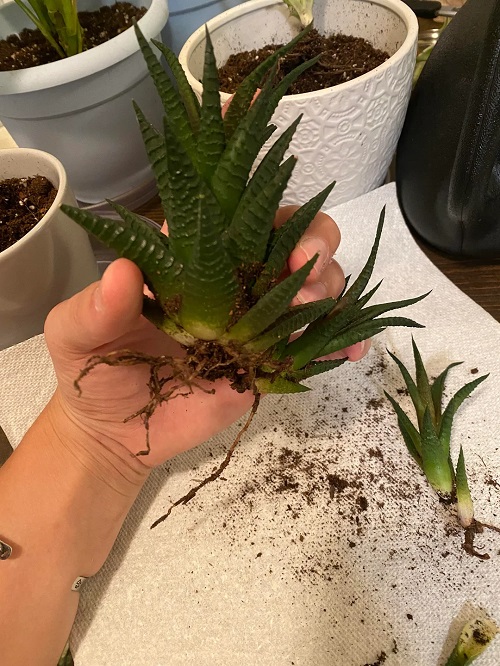
Certainly, if you’re doing everything right, you will see your Haworthia grow nicely, taking its own sweet time, outgrowing its container, and rewarding you with some baby plants too.
If the offsets are bigger than 2-3 inches or it has been a year since you changed the growing medium, you must definitely replace the medium via repotting.
Otherwise, your Haworthia may be getting overcrowded down there, which may slow down the overall growth. Make sure you repot every 1 to 2 years, especially when you notice the plant outgrowing its container. This provides fresh nutrients and space for new offsets.
7. Be Gentle with Replanting Offsets

If the reason for repotting is because of transplanting the new offsets, then dear gardener, you have received your reward! Once the offsets develop a few roots and are about one-third the size of the parent plant, they can be separated using a sterile knife.
Carefully, detach them from the mother plant after taking them out of the pot and removing the excess soil. Let them dry for a day before replanting them in a new well-draining growing medium as mentioned above.
8. Minimise Stress Factors
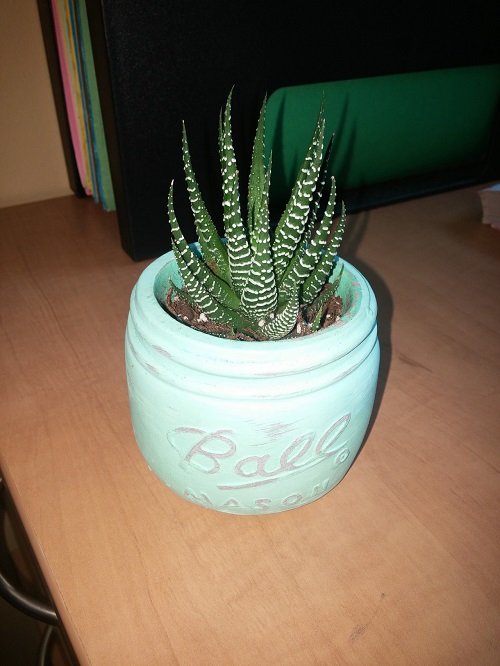
Sudden environmental changes, pests (such as mealybugs), or improper care can stress the plant, reducing offset production. Regularly inspect your plant for signs of pests and stress. Use a mild pest deterrent whenever it seems necessary.
Another tip is to try rotating your plant occasionally. This ensures it gets even light on all sides, grows more symmetrically, and stays happier overall, which means more offsets for you!
By following all these simple steps, you can encourage your Haworthia to produce more offsets and create a beautiful succulent collection. Have a happy planting, and write to us to tell us about your success story!

